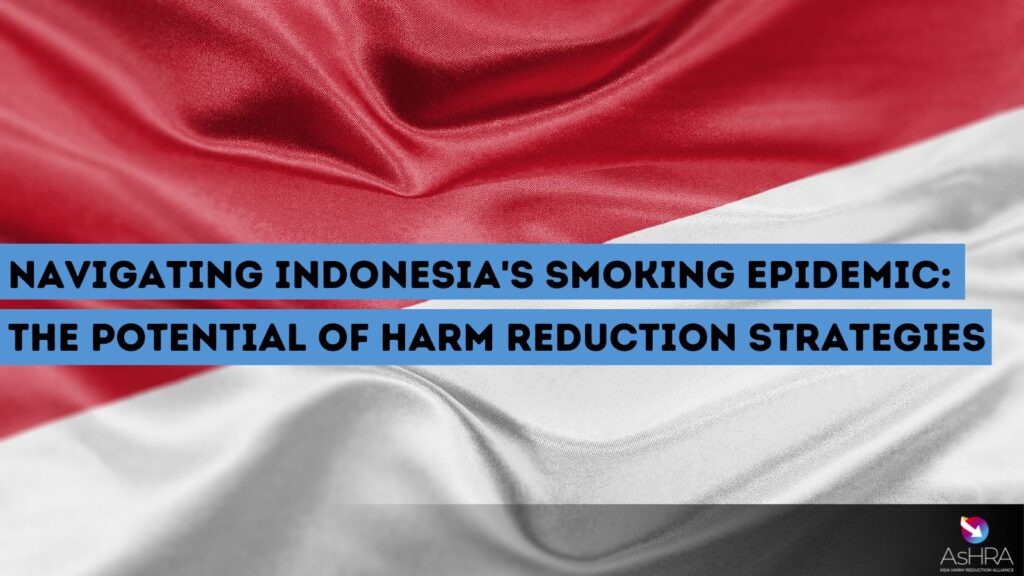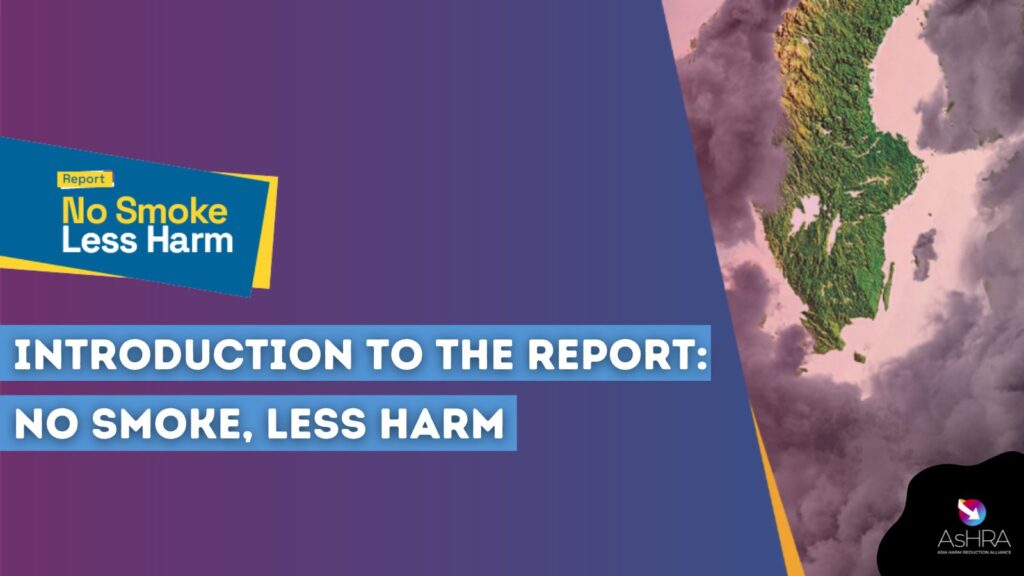A new research paper is challenging a long-standing belief in the tobacco control community. For too long, potentially less harmful alternatives like e-cigarettes have been dismissed due to “lack of evidence.” Now, researchers Derek Yach and Gerhard Scherer present a promising tool that could change this narrative: biomarkers.
“The reluctance to accept less harmful nicotine products, such as e-cigarettes, has always been rooted in the fear of the unknown and the desire for long-term evidence. Our research now showcases a robust method to bridge this knowledge gap sooner than previously imagined,” said Derek Yach, one of the authors of the study.
Biomarkers are measurable substances in our bodies – present in fluids, tissues, and cells. They give information about our exposure to certain compounds and potential physiological effects. The use of these biomarkers could revolutionise the way we evaluate the harm reduction potential of new generation tobacco and nicotine products (NGPs). Instead of waiting for decades to understand the long-term effects of these products, we can rely on these indicators for quicker assessments.

“The future of public health depends on us embracing modern methodologies. Biomarkers offer a real-time snapshot of exposure levels, eliminating the traditional waiting period of 40-50 years to understand the effects of new products on our health,” Gerhard Scherer, the research co-author commented.
A critically important application of this technology is in the life and health insurance industry. Currently, most insurers do not recognise the drastically reduced risk posed by smokefree alternative nicotine products, in comparison with combustible cigarettes.
“Insurers and their clients stand to gain by better quantifying and reducing smoking risk, using new technology such as biomarkers”, remarked Derek Yach.
With over a billion people globally facing health risks due to combustible cigarette consumption and a staggering eight million deaths linked to such cigarettes annually, the urgency for safer alternatives cannot be understated. NGPs like e-cigarettes and heated tobacco products hint at a future with reduced harm from tobacco. This study could be the key to unlocking that future.
Watch the webinar:
Related Posts
More about
Alcohol Harm Reduction
More about







